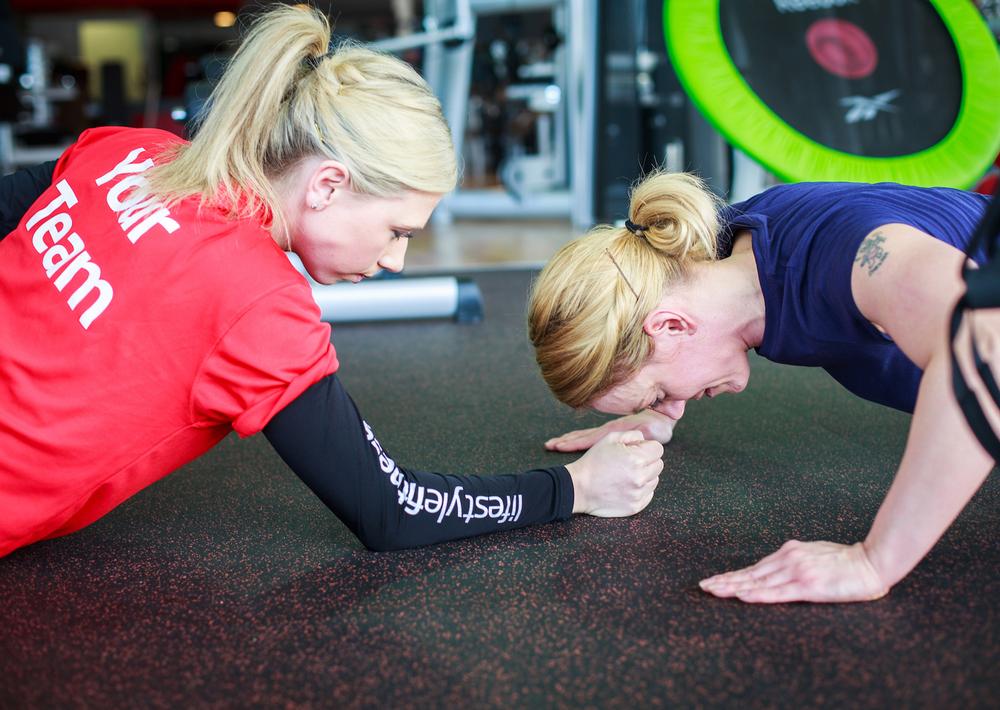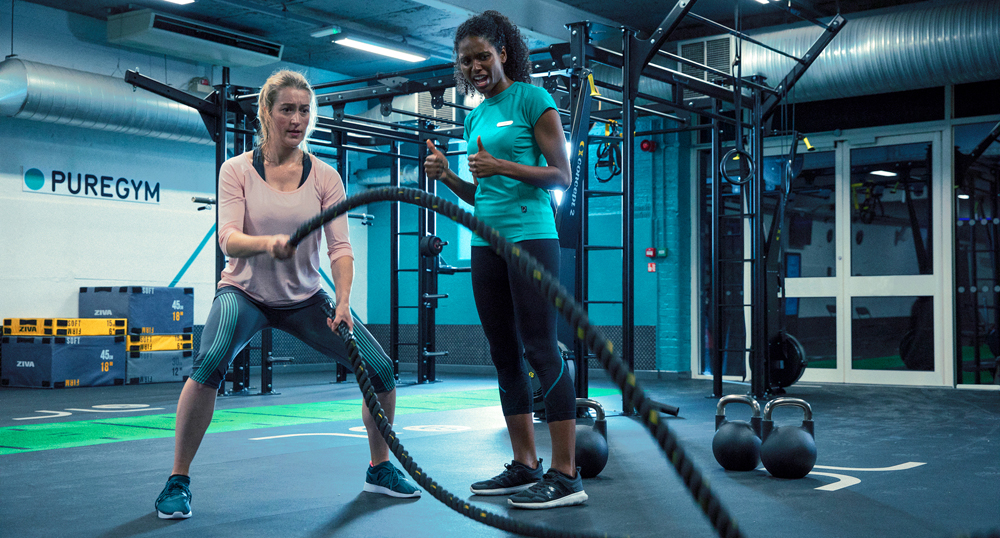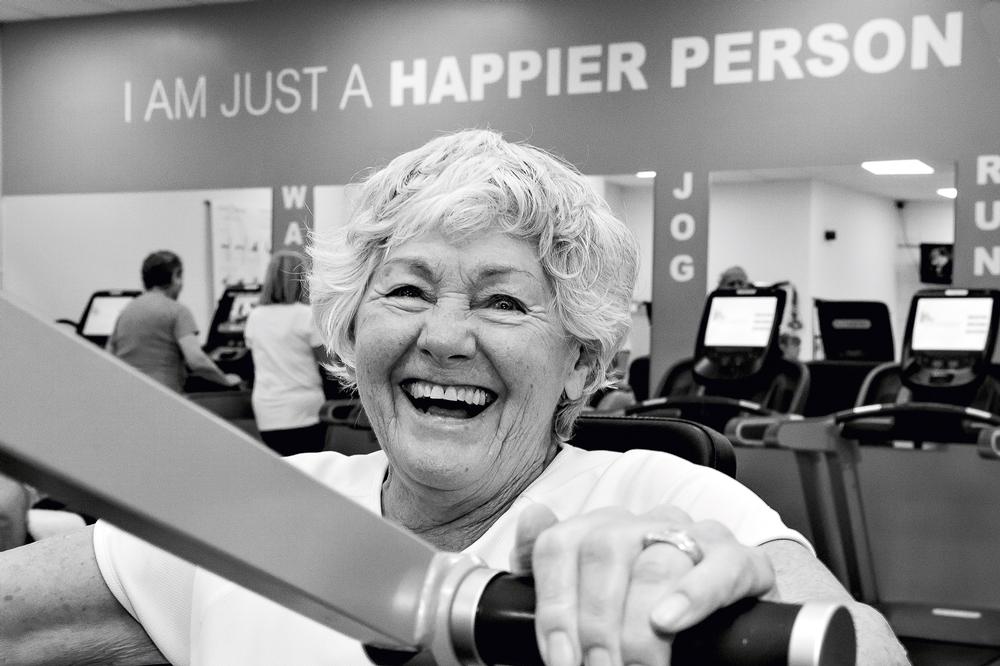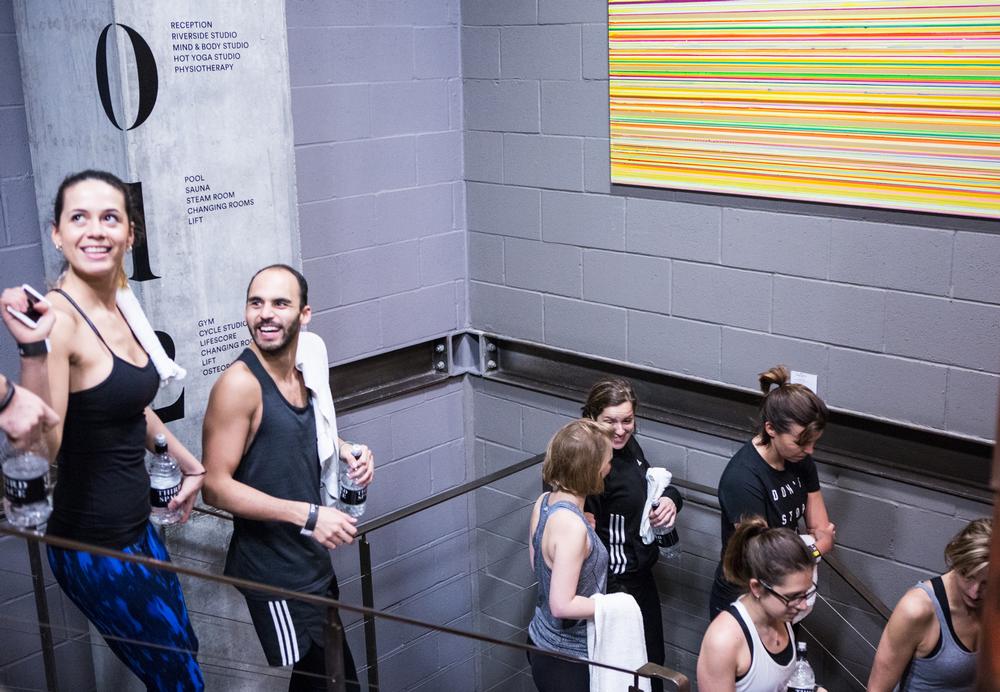etention expert Dr Paul Bedford runs a ‘Zero Zero’ workshop as part of his Retention Academy, which asks operators what would happen if they had zero new members sign up.
“Rather than identifying that they’d eventually lose all their members, most simply recognise they’d be out of business within a few months,” he says.
“The opposite, however, is what if none of them left? The club would quickly reach capacity and start turning people away. That’s why holding onto members is so important.”
Wellington club
Situated on a private college campus, you’d be forgiven for thinking Wellington Health and Fitness Club caters for a young audience. In fact, more than half the Berkshire club’s 2,500 private members (there are also 500 staff members) are over 50, with 820 of those aged 59-79 and 136 between 80-95. Over 350 members are aged between 40-49.
“A staggering 600 have been members between 10-30 years. We have a very loyal group,” says Ian Davis, commercial manager of Wellington College Enterprises, which manages the club. In particular, it has a long-running 50+ group called ‘The Invincibles’, whose 490 members meet three times a week to exercise and socialise.
Embracing this, everyone’s given free membership on their 90th birthday and there’s a celebration for members on their 80th birthday too. “Telling us how important the club is to them is always part of their speech,” says Davis.
“It’s very emotional and ties in with lessons from Paul Bedford on creating clubs within clubs; a community where people have a sense of belonging. Many members have lost their partner and/or live far away from family, so this group provides a lifeline for them.”
While the club’s Net Promoter Score (NPS) may not always reflect this, it’s currently lower than the national average and Davis believes they’re doing a good job. “The key is knowing why the NPS is at the level it is. Our two biggest complaints are that it’s difficult to park; we’ve temporarily lost parking spaces due to building work, and that they can’t book a class; so we’ve capped our membership at 3,000.
“Being grumpy is a privilege of age, but if they’ve scored low they’ll add a positive comment, usually about the staff. For us it’s about eye contact, smiling and talking to the members. We know it works because our NPS tells us so.
“If you look after people they’ll repay you with loyalty. Our annual renewal rates sit at 86 per cent and we have more than 150 people on the waiting list.”
Lifestyle Fitness
A few years ago, Lifestyle Fitness’s retention rate was heavily reliant on contract length and non-targeted engagement activity. Analysis showed that by week four, many members used the gym less than once per month and 15 per cent of online joiners never attended.
“We needed to put measures in place that would have a genuine impact on retention across our mixed portfolio of local authority sites and low cost clubs, says commercial manager, James Lawrence. “Paul Bedford helped us identify a new member journey and create an interaction programme, encouraging members to attend from the start to help build routines.”
“We created a digital retention journey to help new members feel comfortable with what to expect, and set up trigger-based emails, including videos that cover everything from how you enter the club and use the fingerprint system, to where the toilets and changing areas are, so nothing is a surprise.
“Access control informs us who’s visited, so we can tailor the content, tone and frequency of follow up messages around each member’s visit behaviour.
Lawrence continues: “Early emails might suggest a group exercise class and show how to log on and book, what happens in the class and what to bring with them, so they won’t feel out of place. We support the digital side with human interaction; a welcome call to make sure they’ve booked in for an induction. Basically breaking down barriers to attending during those early days.”
Lifestyle Fitness started the programme six months ago, but it’s already boosted new member visit frequency from 1.7 to 2.2 times a week. Lawrence continues: “The additional half a visit has made a huge difference to new member life. The next challenge is maintaining this to impact lifetime membership.
“Our ultimate aim is to offer more flexible membership options; not selling on the basis that they can leave, but reducing barriers to join and providing an excellent service so they stay.”




























































